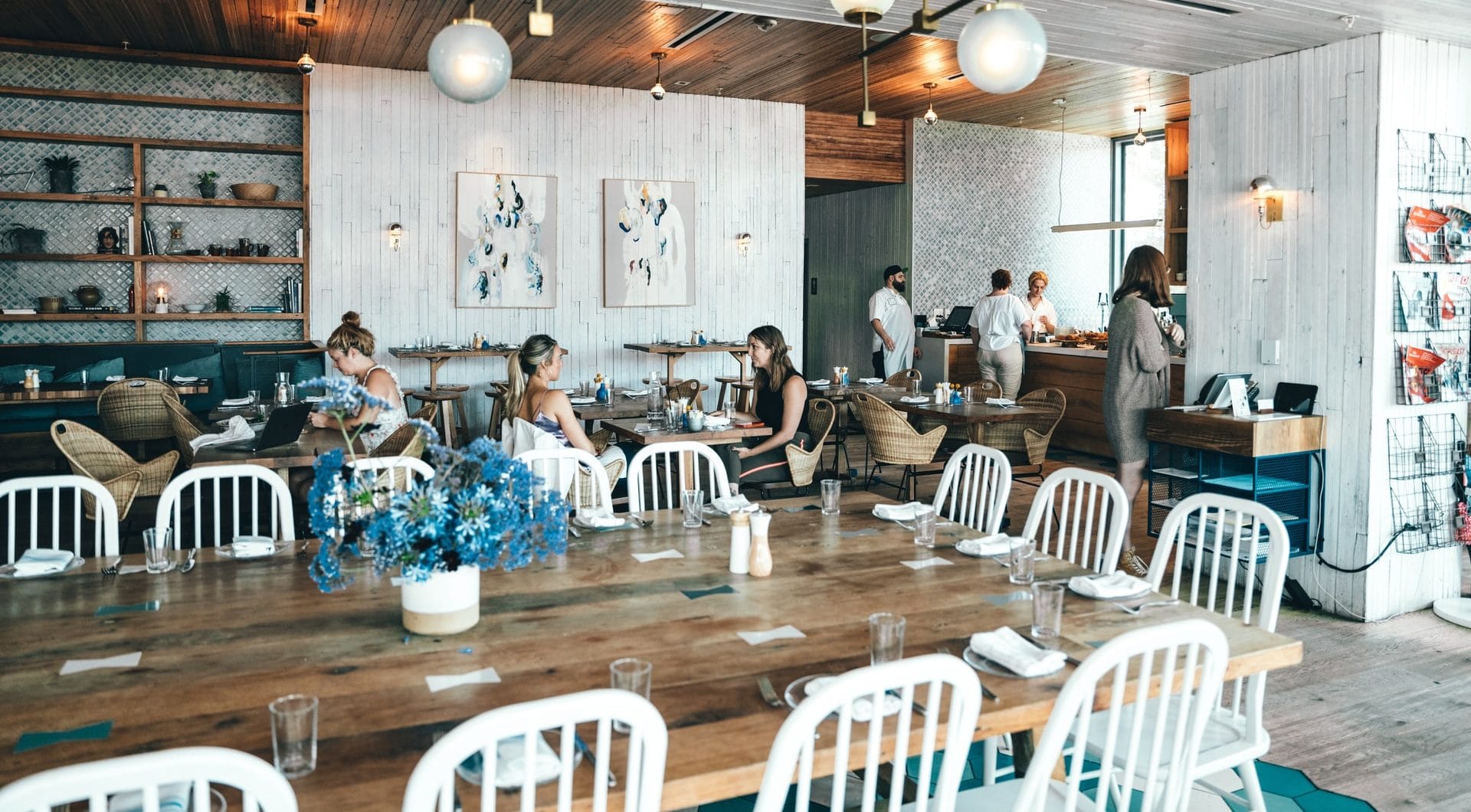The Coronavirus pandemic has affected all major industries, but perhaps none has been more affected than the restaurant and food service industry. While the short-term effects of this public health crisis on the restaurant industry are clear — with unemployment soaring and restaurants being forced to shut down — the long-term effects are less so.
On some of them, we can only speculate, but as we’re approaching the second wave, others are now crystal clear. So let’s see what 5 of these long-term effects of Covid-19 are and how they will impact the restaurant industry at large.
5 Long-Term Effects of the Coronavirus on the Restaurant Industry
1. Dining will shift online (on-premise vs. off-premise dining)
Perhaps the biggest long-term change prompted by the Coronavirus pandemic is the shift from on-premise to off-premise dining. That is not to say in the future, people won’t be dining out anymore, but they will be relying much more on delivery and takeout than before. That’s because once restaurants invest in this technology, they won’t (and shouldn’t) simply let it go once the pandemic is over.
Similarly, people will also get used to ordering food online or picking it up at the restaurant to enjoy at home with their family. It is precisely this demand that restauranteurs should respond to. Most restaurants will realize (if they haven’t already) they need to have an online ordering system in place in order to survive, and that it ultimately benefits both them and their customers.
2. Big restaurant chains will thrive over small, family-owned restaurants
Unfortunately, according to experts, more than half of the restaurants in business today won’t survive this crisis. While that is a terrifying statistic in itself, what’s even more terrifying for small business owners is that mom and pop restaurants don’t have the same chances of surviving as large restaurant chains do.
Not only are big chains already recovering faster, but when faced with the question “Who might disappear in the near future: your local McDonald’s or small family-owned Italian restaurant?”, the answer is quite clear.
This is largely due to the fact that most chains are fast-casual restaurants as opposed to full service ones, and this happens to be exactly what thrives in this pandemic when people can’t just simply sit down and enjoy a meal anymore. It also happens because large chains are much more profitable and can afford to stay in business longer.
3. Menus will be rethought and re-engineered
As the restaurant industry learns to adapt and evolve amidst the ripple effects that will be felt long after COVID-19 is gone, menus will see a number of different changes. For one, shareables might be a thing of the past for many restaurants because even if the threat of the pandemic is over, people will still be reluctant to share their food.
Second, family meal boxes will become more popular for takeout and delivery as they are an affordable option for people who want to eat at home with their family and taste a little bit of everything.
Restauranteurs might also start favoring smaller menus because they streamline the ordering process by making it easier for customers to decide what they want to eat. Small menus also give restaurant owners the ability to curate the menu so they use the same ingredients for multiple dishes, thus avoiding food waste and minimizing the inventory.
4. Seating will be reorganized and communal tables will likely disappear
For restaurants who relied on maximizing the use of space and seating to boost profits, the health and safety regulations are a huge disadvantage. People don’t feel comfortable sitting close to others anymore, especially indoors. Social distancing has become the norm and might continue to be so for a long time, so restaurants need to maintain the minimum safety distance between tables.
This could mean the end of communal tables for people who want to grab a quick bite to eat alone and can’t find a table for just themselves. In the future, restaurants might even need to create space for a live cooking counter because customers will definitely feel safer seeing their food cooked from scratch right before their eyes.
5. Technology that minimizes human interaction will seep into the industry
Restaurants’ current goal includes minimizing the interaction between customers from different parties, and customers and staff. This can most effectively be done by employing cutting-edge technology. Once restaurants start using this technology, it’s unlikely they will go back to the old ways. One of the easiest technologies to implement is contactless payment either done online when customers order delivery or via contactless cards or services like Apple Pay.
Next, menus should also be digitalized. I’ve already seen plenty of restaurants where you can just scan a QR code at the table to access the menu, which is a safe and effective way of deciding what you want to order without interacting with a waiter. Ideas that are perhaps harder to implement and more long-term include touchless elevators and a dining experience that is contactless from beginning to end.
However long it takes restauranteurs to implement these technologies, one thing is for sure, and that’s that integrating technology into restaurants will be a huge part of the future of the food service industry.
Final Words
These are just a few of the long-term effects of the Coronavirus pandemic on the restaurant industry, but they are definitely some of the most relevant. From minimizing contact to focusing more on delivery and takeaway, re-engineering menus, reorganizing seating, and employing more technology, restauranteurs have to accept it’s time for a big change.
In fact, whether they like it or not, this wave of change will move on without them so it’s better to learn how to ride the wave early on than be left behind.


